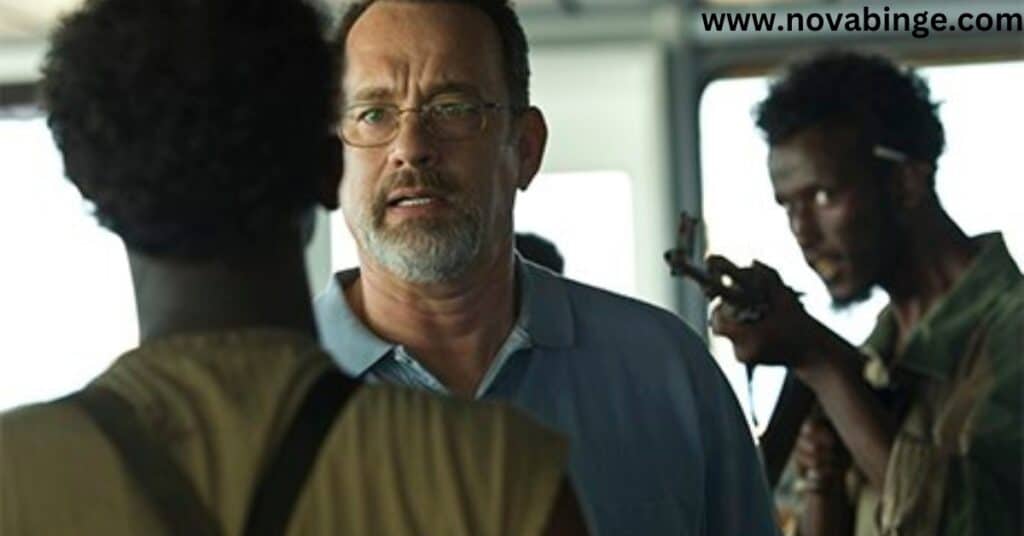In the world of cinema, few films have captured the raw intensity of a true-life maritime drama quite like “Captain Phillips.”
This gripping tale of courage and survival, directed by Paul Greengrass and starring Tom Hanks, took audiences on a heart-pounding journey across treacherous waters.
But behind the scenes, the making of this film was an adventure in itself. Let’s dive into the fascinating world of Captain Phillips filming locations and discover how this cinematic masterpiece came to life.
The Real-Life Drama Meets Hollywood
Before we set sail into the world of filming locations, it’s crucial to understand the true story that inspired this cinematic voyage.
In April 2009, Captain Richard Phillips found himself in a harrowing situation when Somali pirates hijacked his cargo ship, the Maersk Alabama, off the coast of Somalia.
This real-life incident captured global attention and soon caught the eye of Hollywood producers.
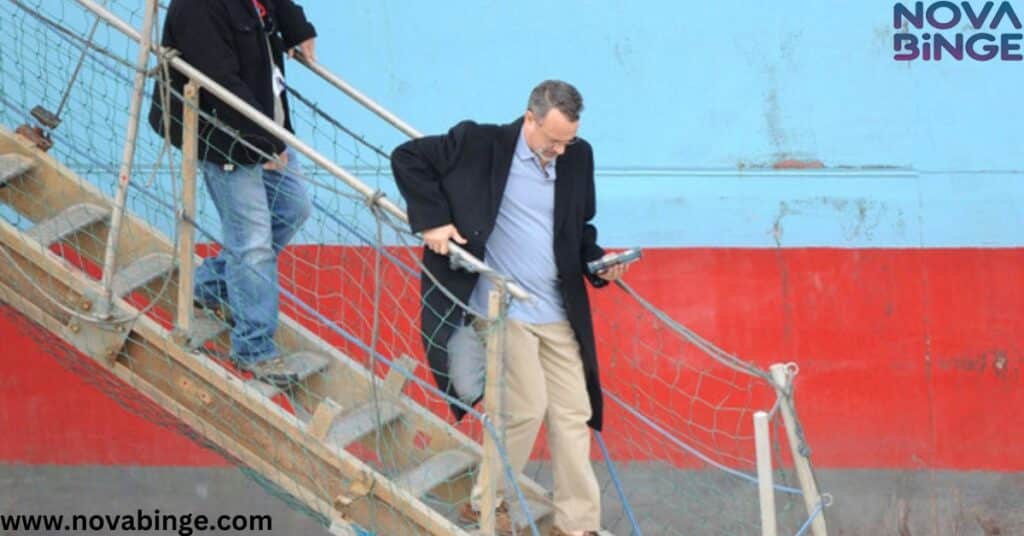
“The story of Captain Phillips is not just about piracy on the high seas. It’s a tale of resilience, leadership, and the human spirit in the face of extreme adversity.” – Paul Greengrass, Director
Read more about this: X (2022) Filming Locations
The film’s commitment to authenticity began with its choice of locations. To truly capture the essence of this maritime drama, the production team embarked on a global journey, selecting sites that could convincingly portray the vast Indian Ocean and the Somali coastline.
Setting Sail: Principal Filming Locations
The Mediterranean Sea off Malta
The production team chose the Mediterranean Sea off the coast of Malta as the primary stand-in for the Indian Ocean. This decision was driven by several factors:
- Similar visual aesthetics to the Indian Ocean
- Favorable filming conditions
- Experienced local film crews
- Established infrastructure for large-scale productions
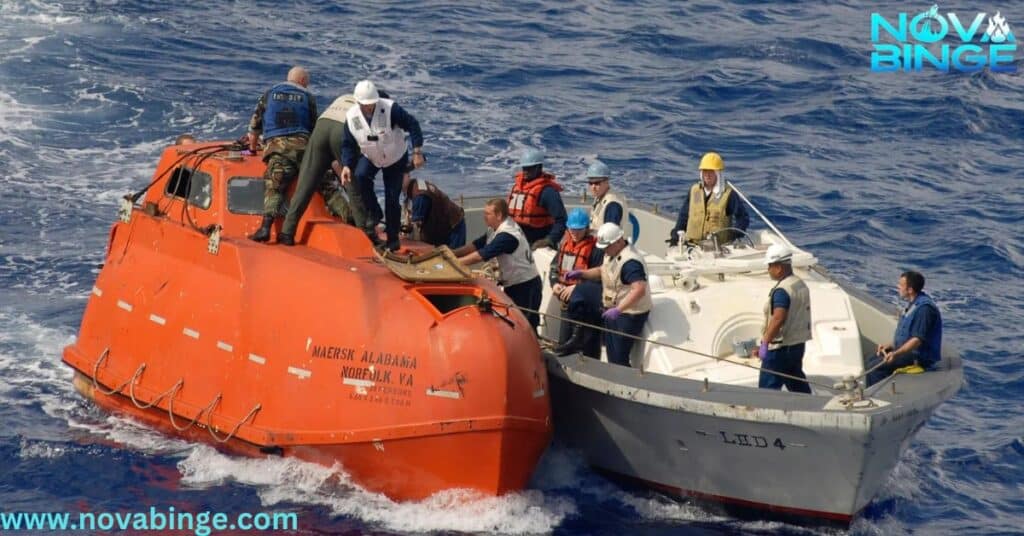
Challenges of Open Water Filming:
- Unpredictable weather conditions
- Seasickness among cast and crew
- Logistics of moving equipment on water
- Maintaining continuity in ever-changing seascapes
Despite these challenges, the Mediterranean provided the perfect backdrop for the film’s most intense sequences, including the initial pirate attack and the climactic standoff.
Morocco’s Atlantic Coast: A Somali Double
To recreate the Somali coastal town of Eyl, the filmmakers turned to Morocco’s Atlantic coast. This location offered:
- Authentic visual representation of East African coastal landscapes
- Experienced local film industry accustomed to international productions
- Diverse terrain allowing for versatile shooting options
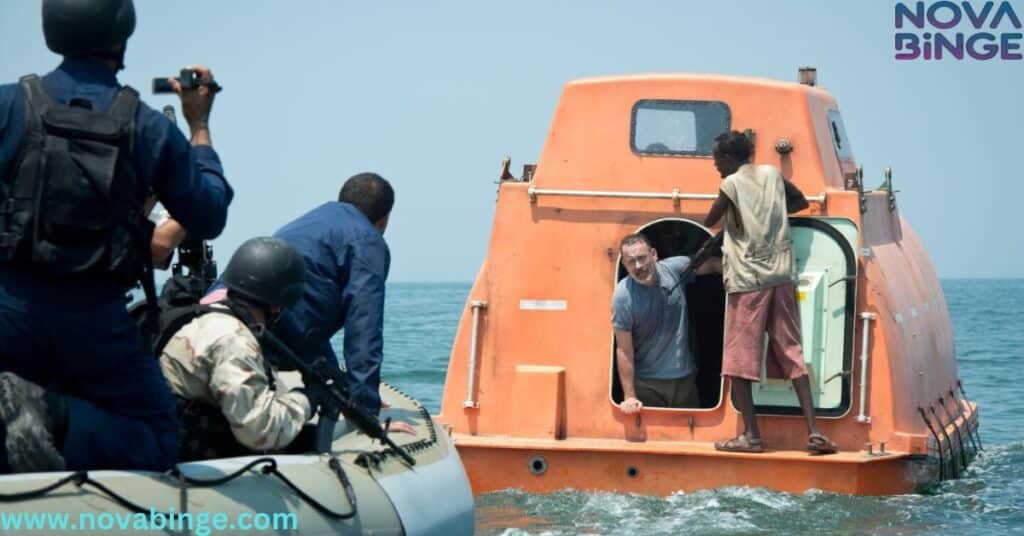
The Moroccan locations provided the perfect setting for scenes depicting the pirates’ home base and their preparation for the hijacking mission.
Table: Comparison of Filming Locations
| Location | Representing | Key Scenes |
|---|---|---|
| Mediterranean Sea (Malta) | Indian Ocean | Hijacking, Navy rescue |
| Morocco Atlantic Coast | Somali coastline | Pirate base, launch scenes |
| Virginia Beach, USA | US Naval operations | Military response, family scenes |
Anchoring in Virginia Beach: A Crucial American Connection
While much of the action takes place at sea, Virginia Beach played a vital role in bringing “Captain Phillips” to life. This coastal city served as the backdrop for several key scenes and offered unique advantages to the production:
The USS Truxtun’s Starring Role
The USS Truxtun, a guided-missile destroyer, stood in for the USS Bainbridge in the film. This naval vessel’s participation added an unparalleled level of authenticity to the military scenes.
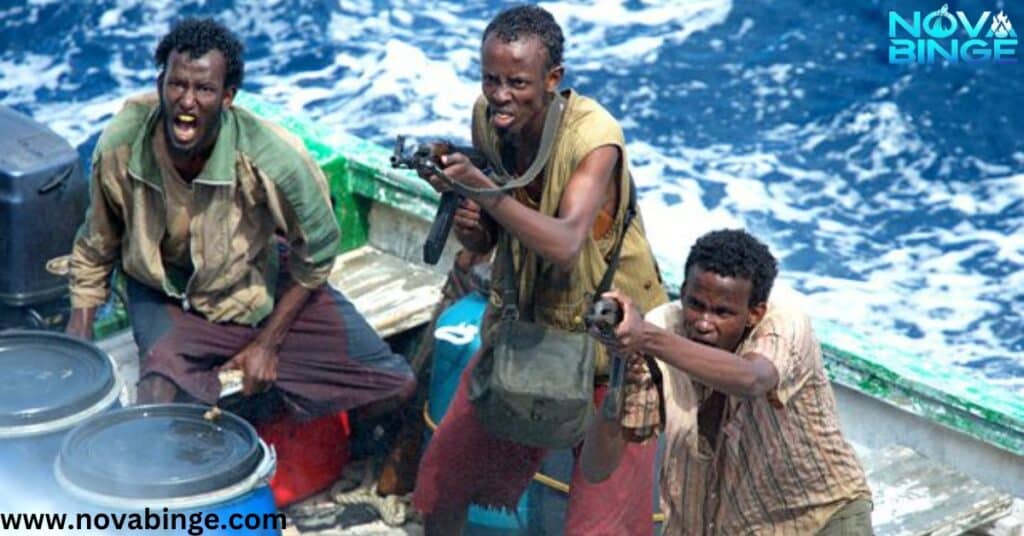
- Real-life naval procedures were accurately portrayed
- Actual Navy personnel served as extras and advisors
- The ship’s advanced technology was showcased in rescue operation scenes
Norfolk Naval Station’s Contribution
The largest naval base in the world, Norfolk Naval Station, provided an ideal setting for scenes depicting the U.S. military’s response to the hijacking.
Key Benefits of Filming at Norfolk:
- Access to authentic naval environments
- Ability to film on multiple types of naval vessels
- Cooperation from the U.S. Navy in ensuring accuracy
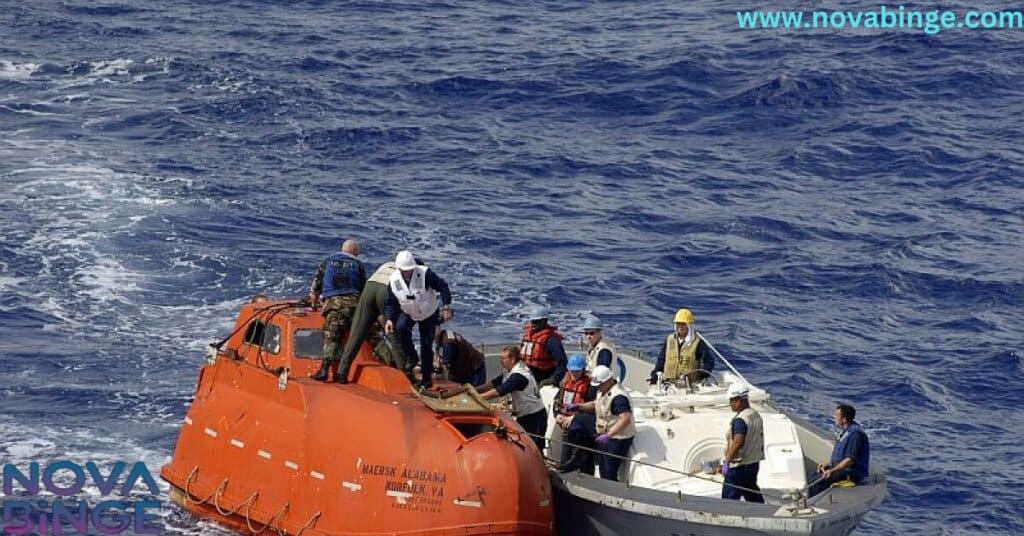
Economic Ripples: Virginia’s Film Industry Boost
The production of “Captain Phillips” in Virginia Beach had a significant economic impact on the local community:
- Created temporary jobs for local film crew and support staff
- Increased hotel and restaurant business during filming
- Sparked interest in Virginia as a filming location for future productions
“Having a film of this caliber shoot in Virginia not only boosts our economy but also puts our state on the map for future Hollywood productions.” – Virginia Film Office Representative
Vessels of Verisimilitude: The Ships That Brought the Story to Life
One of the most impressive aspects of “Captain Phillips” was its use of real ships to enhance authenticity. This commitment to realism set the film apart and presented unique challenges and opportunities.
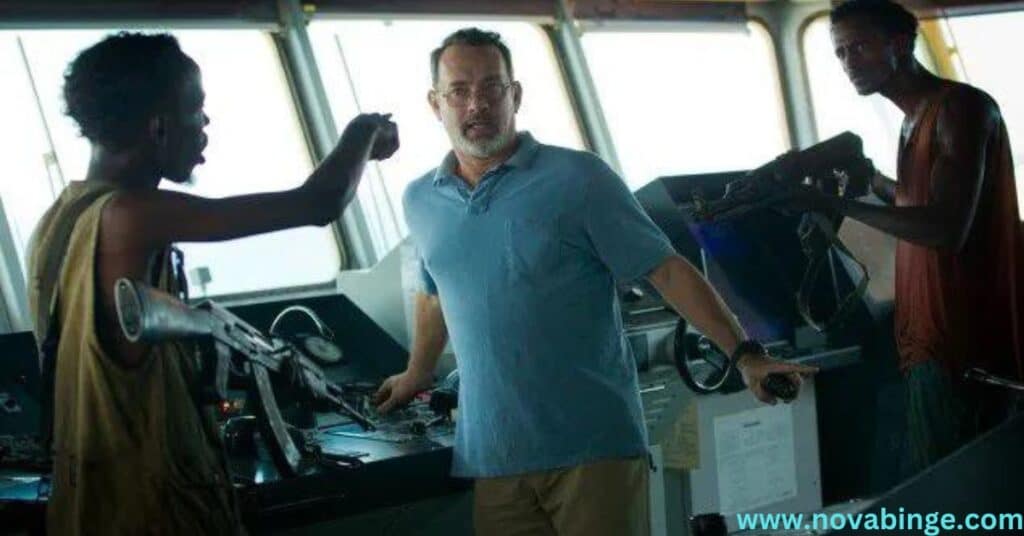
MV Maersk Alabama’s Stand-In
While the real Maersk Alabama was unavailable for filming, the production team found a worthy substitute:
- A similar container ship was used for exterior shots
- Interiors were meticulously recreated on soundstages
- Attention to detail ensured that even seasoned mariners found the portrayal convincing
USS Halyburton and USS Wasp: Naval Power on Display
The inclusion of actual U.S. Navy vessels added an unprecedented level of realism to the film:
- USS Halyburton: Played a crucial role in rescue scenes
- USS Wasp: Provided a backdrop for military strategy sequences
Fun Fact: The USS Halyburton’s crew members were so impressed with Tom Hanks’ portrayal that they unofficially adopted him as an honorary crew member.
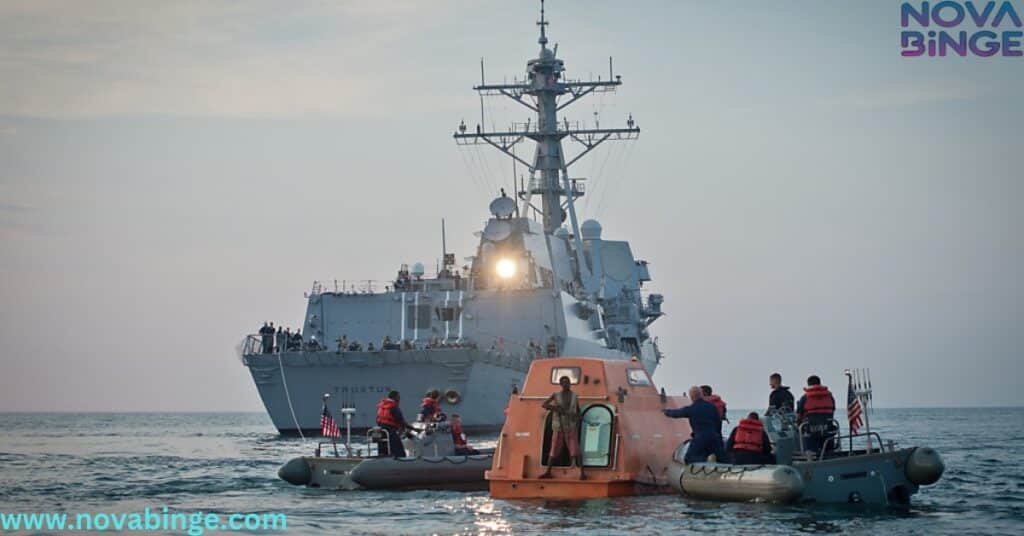
Somali Skiffs: Crafting Authenticity
To accurately portray the Somali pirates’ vessels, the production team went to great lengths:
- Researched typical pirate boats used in the region
- Custom-built skiffs to match real-life counterparts
- Ensured proper handling characteristics for realistic chase scenes
Behind the Scenes: Filming Challenges on the High Seas
Creating a film like “Captain Phillips” on the open water presented a unique set of challenges that the cast and crew had to overcome.
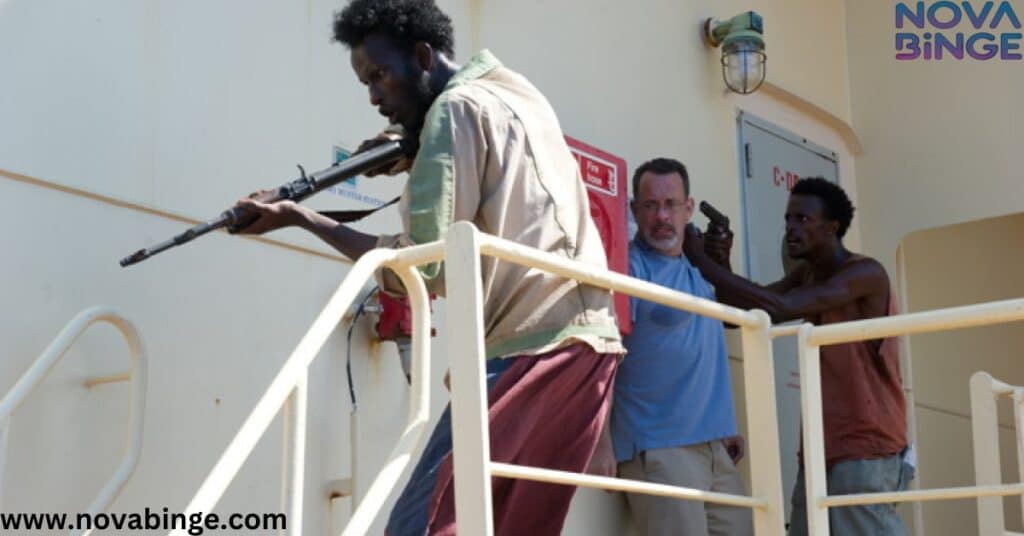
Battling Seasickness and Unpredictable Weather
- Ginger tablets and acupressure bands were distributed to help combat motion sickness
- Flexible shooting schedules were maintained to adapt to changing weather conditions
- Waterproof equipment was essential for protecting cameras and sound gear
Coordinating Naval and Civilian Vessels
The logistics of managing multiple ships for a single shot were complex:
- Professional maritime coordinators were employed
- Constant communication between vessels was maintained
- Safety boats were always on standby

Safety Measures During Intense Scenes
- Stunt coordinators worked closely with actors for action sequences
- Navy advisors ensured realistic but safe portrayal of military tactics
- Medical personnel were always present on set
Tom Hanks: Embodying Captain Phillips
Tom Hanks’ portrayal of Captain Richard Phillips was nothing short of extraordinary. His commitment to the role went far beyond memorizing lines.
On-Set Experiences and Preparation
- Spent time with the real Captain Phillips to understand his mannerisms and thought processes
- Studied maritime procedures and ship operations
- Worked on perfecting a New England accent
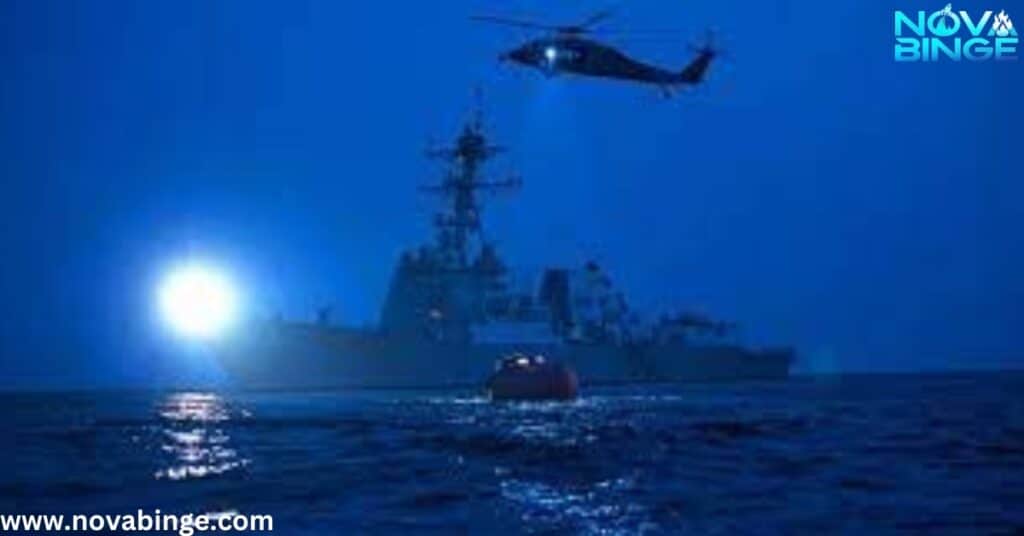
Interactions with Real Crew Members
Having actual mariners on set provided Hanks with invaluable insights:
- Learned nautical terminology and proper usage
- Observed real-life crew dynamics to inform his performance
- Gained respect for the challenges faced by merchant mariners
Physical and Emotional Demands of the Role
The role of Captain Phillips pushed Hanks to his limits:
- Endured long hours in challenging weather conditions
- Performed many of his own stunts to add authenticity
- Emotionally taxing scenes, particularly the film’s intense conclusion, required deep focus and preparation
“It was one of the most physically and emotionally demanding roles I’ve ever taken on, but also one of the most rewarding.” – Tom Hanks
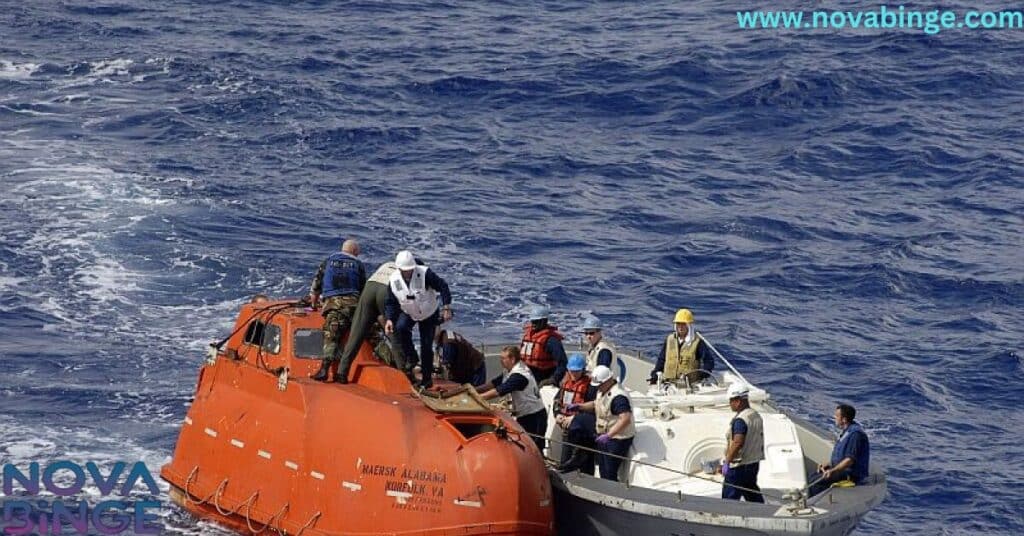
Paul Greengrass’s Vision: Crafting Realism on the Silver Screen
Director Paul Greengrass brought his signature style to “Captain Phillips,” creating a visceral and immersive experience for viewers.
Commitment to Realism
Greengrass’s approach to filmmaking prioritized authenticity:
- Extensive research into piracy and maritime operations
- Consultation with experts in naval tactics and negotiation
- On-location scouting to find the most realistic settings
Use of Handheld Cameras for Immediacy
The film’s distinctive visual style was achieved through:
- Handheld camera work to create a sense of urgency and realism
- Long takes that allowed tension to build naturally
- Minimal use of special effects, relying instead on practical filming techniques
Balancing Tension and Human Drama
Greengrass masterfully wove together the thrilling aspects of the hijacking with the personal stories of those involved:
- Intimate character moments amidst high-stakes action
- Parallel storytelling between Phillips and the pirates
- Nuanced portrayal of both sides of the conflict
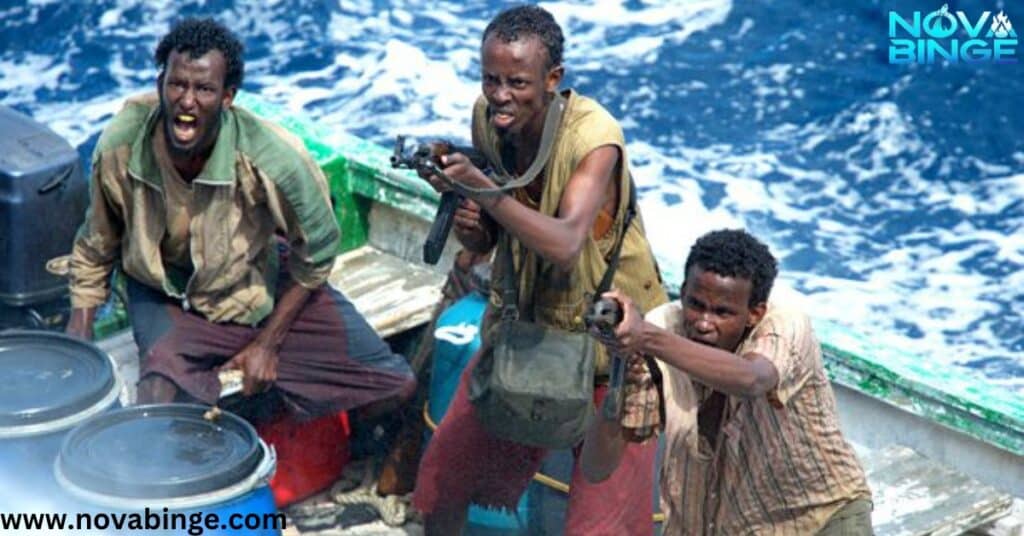
The Supporting Cast: More Than Just Actors
While Tom Hanks anchored the film, the supporting cast played a crucial role in bringing the story to life.
Barkhad Abdi and Fellow Somali-American Actors
The casting of Somali-American actors, particularly Barkhad Abdi as the pirate leader Muse, added a layer of authenticity to the film:
- First-time actors brought raw energy to their roles
- Personal experiences informed their performances
- Abdi’s portrayal earned him an Oscar nomination for Best Supporting Actor
Real Navy SEALs on Set
To ensure the accuracy of military operations depicted in the film:
- Active-duty Navy SEALs consulted on tactics and procedures
- Some SEALs appeared as extras in key scenes
- Their presence added gravitas to military sequences
Authentic Crew Members as Extras
The inclusion of real mariners as extras enhanced the film’s realism:
- Actual merchant sailors filled background roles
- They provided valuable input on shipboard operations
- Their presence lent credibility to scenes of daily life at sea
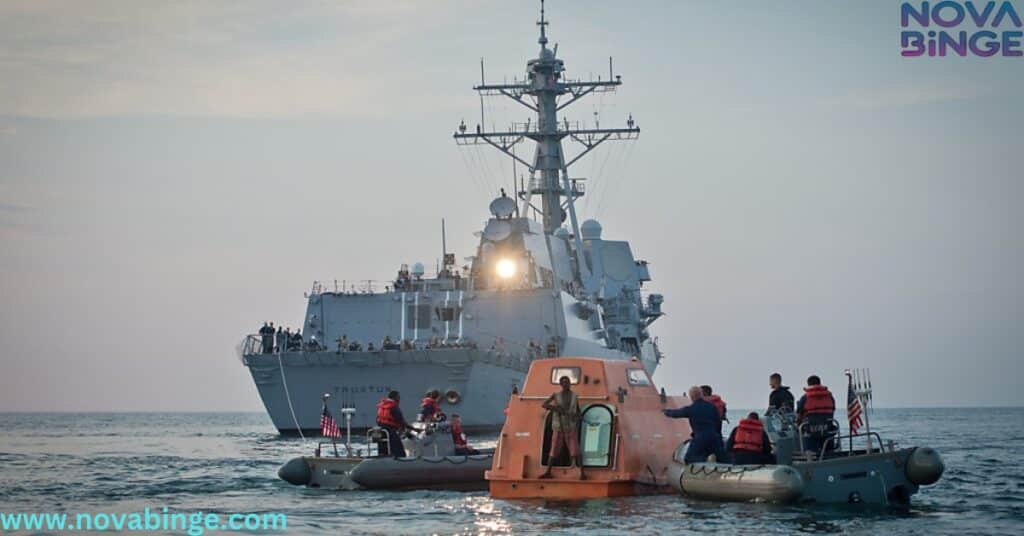
Post-Production Magic: Bringing the Ocean to Life
After the cameras stopped rolling, the post-production team worked tirelessly to enhance the film’s realism and impact.
Sound Design: Capturing the Ocean’s Moods
The film’s audio landscape was crucial in immersing viewers in the maritime setting:
- Recorded actual ship sounds for authenticity
- Created a dynamic soundscape that reflected the changing sea conditions
- Balanced dialogue with environmental sounds for clarity and impact
Visual Effects: Enhancing Without Overshadowing
While much of the film was shot practically, visual effects were used judiciously to:
- Extend set pieces for wider shots of the ocean
- Add realistic water interactions where practical effects weren’t possible
- Ensure continuity in ever-changing sea and sky conditions
Editing for Maximum Tension
The editing process was key in maintaining the film’s pace and tension:
- Intercut different perspectives to build suspense
- Utilized long takes to immerse viewers in intense moments
- Balanced action sequences with character development
Impact and Legacy: Beyond the Silver Screen
“Captain Phillips” left a lasting impact both in the film industry and beyond.
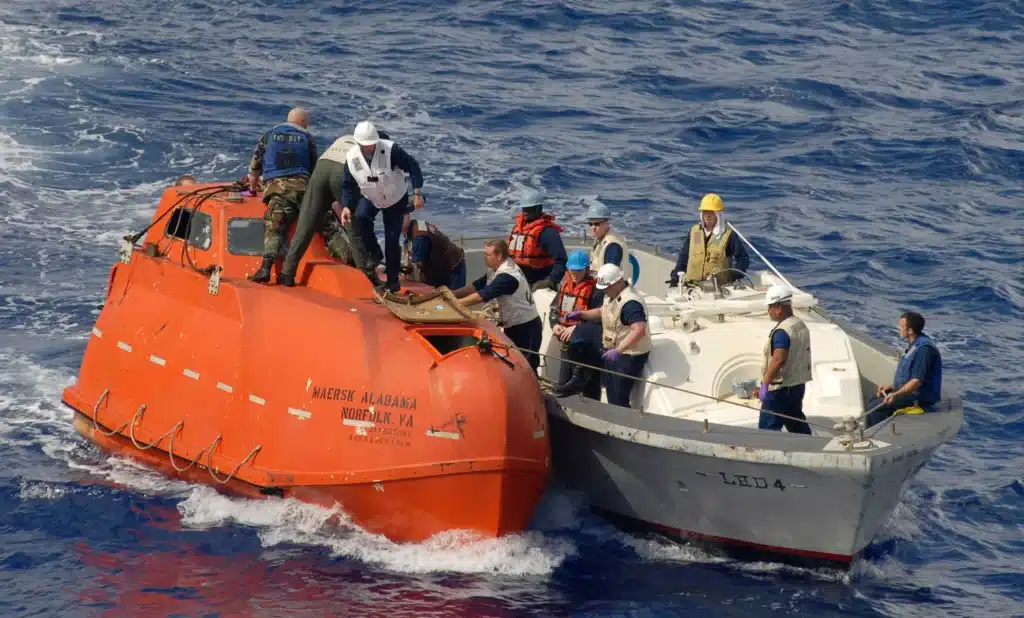
Critical Reception and Awards
The film’s commitment to authenticity and powerful performances earned it widespread acclaim:
- Six Academy Award nominations, including Best Picture
- Praise for its realistic portrayal of modern piracy
- Commercial success, grossing over $218 million worldwide
Renewed Interest in Maritime Security
The film sparked discussions about:
- Global shipping safety measures
- International responses to piracy
- The human cost of maritime crimes
Spotlight on Somali Piracy Issues
“Captain Phillips” brought attention to the complex issues surrounding Somali piracy:
- Economic factors driving piracy in the region
- Humanitarian concerns for both sailors and Somali communities
- International efforts to combat piracy and support stability in Somalia
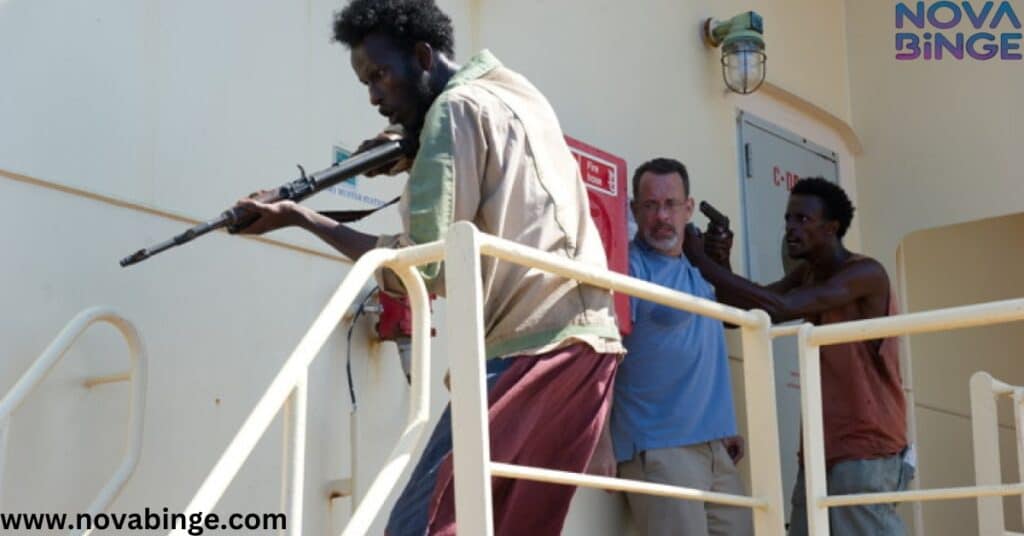
Experience It Yourself: Tracing the Film’s Footsteps
For those inspired by the film, there are ways to connect with its locations and themes:
Visiting Key Filming Locations
- Take a Mediterranean cruise passing by Malta’s coast
- Explore Morocco’s Atlantic shoreline where Somali scenes were filmed
- Visit Virginia Beach and the surrounding naval facilities
Maritime Museums Featuring Exhibits
Several museums have created exhibits related to modern piracy and the “Captain Phillips” incident:
- Nauticus Maritime Museum in Norfolk, Virginia
- U.S. Navy Museum in Washington, D.C.
- International Maritime Museum in Hamburg, Germany
Naval Base Tours (Where Available)
Some naval facilities offer public tours that can provide insight into the military aspects of the film:
- Norfolk Naval Station offers guided bus tours
- USS Midway Museum in San Diego for a taste of life aboard a Navy ship
- Naval Academy in Annapolis for a broader view of naval history and operations
Conclusion: A Triumph of Cinematic Realism
“Captain Phillips” stands as a testament to the power of authentic filmmaking.
Through its careful selection of filming locations, use of real ships, and commitment to portraying the true story with respect and accuracy, the film created an unforgettable cinematic experience.
From the Mediterranean Sea to the coast of Virginia Beach, from the decks of the USS Halyburton to the tense confines of a lifeboat, the film takes viewers on a journey that is as educational as it is thrilling.
The collaboration between director Paul Greengrass, actor Tom Hanks, and newcomer Barkhad Abdi, along with the countless crew members, naval personnel, and local extras, resulted in a film that not only entertains but also sheds light on the complex issues of modern piracy and global maritime security.
As we reflect on the making of “Captain Phillips,” we’re reminded of the power of cinema to transport us to distant seas, immerse us in unfamiliar worlds, and ultimately, connect us with the very real human stories that unfold on the vast oceans that cover our planet.

David Lee is a seasoned writer specializing in filming locations. With a keen eye for detail and a passion for cinema, David explores the stories behind iconic sites and shares unique insights that bring your favorite films and series to life.

